An Investigation of Environmental Problems and Solutions
Industry began about 200 years ago in England with the production of textiles by machines and the transportation of material by boats. The development of the steam engine created powerful factories and transportation. The steam engine uses metal, water, coal, and oil. England had all of these resources. England was the most powerful nation of many Western nations who all competed for resources and land around the world. In the beginning only a few people became very wealthy at the expense of many poor workers who were forced to live in a polluted environment with long hours of work and little pay. In addition, industrial nations used the resources and the people from non-industrial nations in Africa and Asia.
Industry created a world controlled by capitalism and imperialism. Before capitalism European monarchies or Kings competed for profit through colonies and trade. Adam Smith’s idea of capitalism in 1776 said that real wealth should be based not on the King’s property but on the ability to have private property for citizens. The idea of capitalism spread with the idea of citizen rights but not all people were considered citizens. In the beginning only the wealthy white men really had the rights of citizens. In the beginning only a few people benefited from industry and imperialism. Today we have the ability for many more people to benefit.
Developed Nations are the ones who have been INDUSTRIAL the longest but they have reached good wealth and good health at the expense of other nations. The Poor nations of the world are called developing nations. Most developing nations are in Africa. They are also found in Asia and Latin America. Most people in the world today live in Asia. Population growth is greatest in developing nations. These developing nations need the help and support of developed nations.
As investigative journalists we have found problems that exist in the world today because of industrial imperialism but we have also discovered that the positive effects of industrial development can be used to solve these problems.
Climate Change and Air Pollution
Climate is the pattern of weather over time and it changes both naturally as well as through human interaction. Scientists are discovering that the industrial age of the last 200 years has added to the effects of climate change in the form of global warming due to increased CO2 and disruption of the Ozone layer.
Air quality is getting polluted by the growth of industrialization and it gets worse and worse. Use of factories and gasoline fumes from cars and airplanes produce the bad chemicals that are being put out in the air. Carbon Dioxide and greenhouse gasses are two of many bad chemicals that get released.
To prevent more damage, we could use renewable energy like electric cars and increase of public transportation from walking or using bikes. Teslas are a good example because their cars run on electricity instead of gas and now other car companies are trying to follow. Developed countries such as the United States, England, and China also contribute to reducing air pollution. For example, recycling clothing, reducing meat, and planting lots of trees and plants.
Something to consider is that industrial countries like China have entered in the industrial age after England and the United States so they are just realizing all the damage that industry can do.
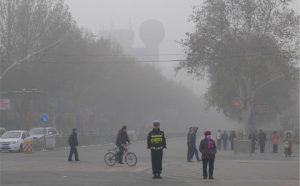
If we don’t start to take action about air pollution, “the Particulate Matter (PM) pollution could claim an estimated 6.2 million lives each year by 2050,” Rob McDonald’s study suggests. In that case, it’s up to us to help stop air pollution from spreading even more.
“Bike riding uses minimal fossil fuels and is a pollution-free mode of transport. Bikes reduce the need to build, service and dispose of cars.” – Link to the article
“The average reduction of particulate matter near a tree is between 7-24%, while the cooling effect is up to 2C (3.6F). There are already tens of millions of people getting those kinds of benefits,” – Rob McDonald, BBC News
“All-electric vehicles produce zero direct emissions, which specifically helps improve air quality in urban areas.” – Office of Energy Essency & Renewable Energy
A big factor in climate change is the plastic bag industry. Not only is the production of plastic bags harmful to the environment but the bags themselves are also a problem. When plastic bags are thrown on the land they make soil less fertile. They get into soil and slowly release toxic chemicals. They eventually break down into the soil, with the unfortunate result being that animals eat them and often choke and die.
According to the Greener Ideal, an “independent environmental news and green living publication” based in Ontario, Canada.:
“One plastic bag takes 1,000 years to fully degrade.”
“100,000 marine animals are killed each year by plastic bag pollution.”
“4.3 Billion gallons of crude oil is used each year in the production of plastic bags”
(Over 100 million marine animals die each year as a result from plastic pollution)
When it comes to fixing these problems the solutions are simple. Some countries have already implemented similar practices to help fight against plastic pollution. A simple solution is reusing your plastic bags instead of throwing them away; or buying reusable bags. Countries have already started putting a tax on plastic bags. This has reduced plastic bag consumption in Ireland by 93.5%.
https://media.giphy.com/media/l2QDRzA1k66mR9UKQ/giphy.gif
Oceans and Water Pollution
Industrial emission is the main cause of water pollution. Industries produces huge amounts of waste which contain toxic chemicals and pollutants.The chemicals are very harmful to the life of organisms under the water.
Eventually, humans are affected by this process as well. People can get diseases such as hepatitis by eating seafood that has been poisoned. In many poor nations, there is always outbreaks of cholera and diseases as a result of poor drinking water treatment from contaminated waters.
The people are the source of the problem. Ocean pollution begins on land, the ocean is being polluted by fertilizers and pesticides from agriculture. Other activities from humans also pollute the ocean, such as waste from metal, wood and plastic that end up in the water.
Water pollutants occurs when harmful substances like chemical or microorganism contaminate a river, lake, ocean or other body of water. Toxic substances from farms, towns, and factories readily dissolve into water and mix with it, causing water pollution. In very poor and populated regions like Haiti in the Western hemisphere or Indonesia which has dense population in Southeast Asia use rivers as a source of all personal hygiene needs. This water pollution affects the living animals in water. Healthy ecosystems rely on many
According to the World Health Organization, in China, there are more than 90 million people affected by chronic hepatitis.
The Global water crisis has different solutions. The most common solution for drinkable water is to dig wells at the places we have clean water underground. We can use water filters to purify it. Additionally, we need to control our industrial waste that is directly thrown into oceans or rivers. We can use organic fertilizers to prevent fish from consuming toxic waste. We also need to educate more people about the water crisis through social media so they can use the water more carefully and reliably.
The federal Water Pollution control Act passed in “1948” was the first major U.S law to address water pollution (EPA).
During the “1972” the Clean Water Act became commonly known as strict laws to improve water laws from “1948”
Some of this laws are:
1, Setting wastewater standards for industry
2, It was illegal for people to pollute in the water
3, Funded the construction of sewage treatment plants.
This laws helps make the water clean, but not all of it is clean.
So, we need to continue to following the laws.
In addition to national laws we need international cooperation. The enforcement of human rights will only work through cooperation and trust of citizens. Citizens act locally but cooperation and awareness is needed globally. Sometimes people will say the solution to these problems can be found when we “ACT LOCALLY and THINK GLOBALLY. The United Nations has an awareness campaign through their 2015 Global Goals for Sustainable Development. This is the perfect opportunity for all of us to act locally and think globally.

GOAL #13 Climate change is a real and undeniable threat to our entire civilization.
The effects are already visible and will be catastrophic unless we act now. Through education, innovation and adherence to our climate commitments, we can make the necessary changes to protect the planet. These changes also provide huge opportunities to modernize our infrastructure which will create new jobs and promote greater prosperity across the globe.
One example of this at Mt. View is through the activities sponsored by our Environmental Club
The April mentor social will be this Friday, April 12 in the gym at lunch. The environmental club is using this event to raise awareness of the World Water Crisis. We will be selling Mountain View reusable water bottles for $5. We will also be taping Mr. Thompson to the wall. $1 per piece of tape. All proceeds will go to the “Thirst Project” so bring your wallets.
We will have pizza and chips. Please bring drinks or deserts. No single use plastic water bottles please. To learn more about why see below.
https://www.thespruce.com/plastic-recycling-1708625
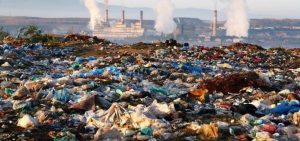
Soil and Land Pollution
https://www.conservationinstitute.org/soil-pollution/
Hunger and Food Distribution
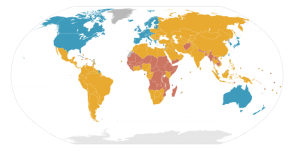
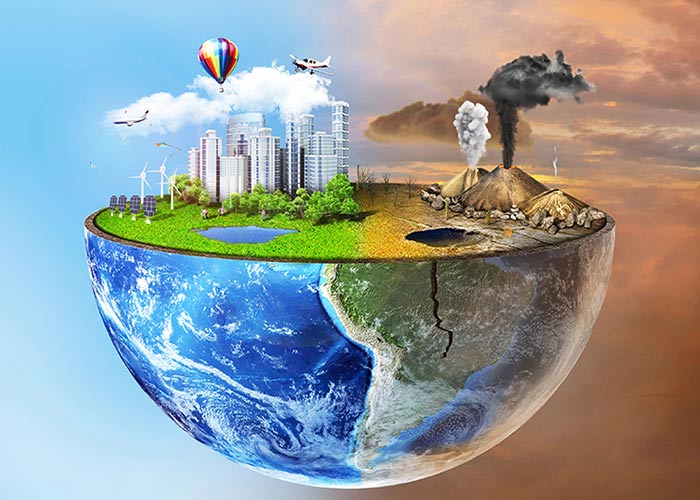









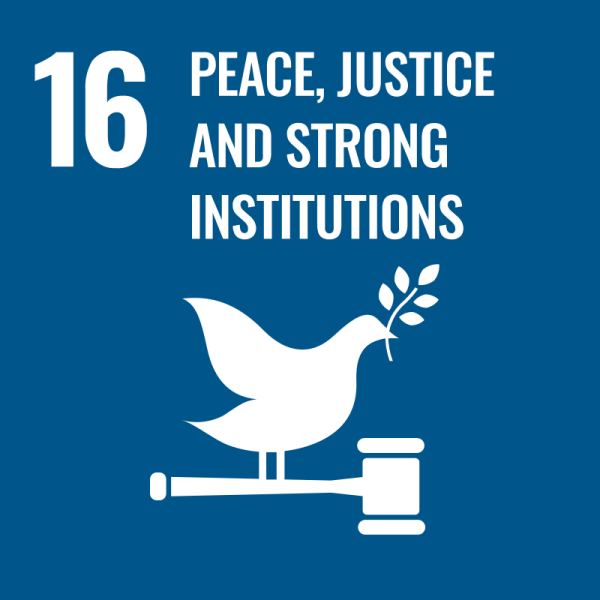

LionHeart1027 • Sep 10, 2019 at 9:24 am
While we, ourselves may benefit momentarily from industrialization and modernization the environment around us is suffering. And even if we don’t live long enough to see the repercussions of the damage we are currently doing to this planet our future generations are. what kind of world are we wanting our great-great-grandchildren to live in? Why not give them the same benefit of life as our ancestors if not ourselves today-in-age?
simon.21 • May 30, 2019 at 8:50 am
The life we decide to live should not effect the life around us. Us humans don’t realize the damage we are doing to the earth, and how the world is changing everyday due to those decisions we make. Changes are being made everyday, good for the earth as well as bad. This feels like a cycle and one that will continue to keep things going, or perhaps just destroy it more than we know? who knows.
turbo • Apr 10, 2019 at 8:27 am
Over the years after production began so much harm has been done to the earth, and it continues to worsen as time goes on. It was good that you listed all the phenomena that lead to environmental problems. I liked that you wrote what we can do to address these environmental problems. This was a great time to write about this issue as the environmental club is coming to raise awareness about the water crisis. It is amazing that you let the readers know the April Mentor social is the perfect time to get involved in the thirst project.